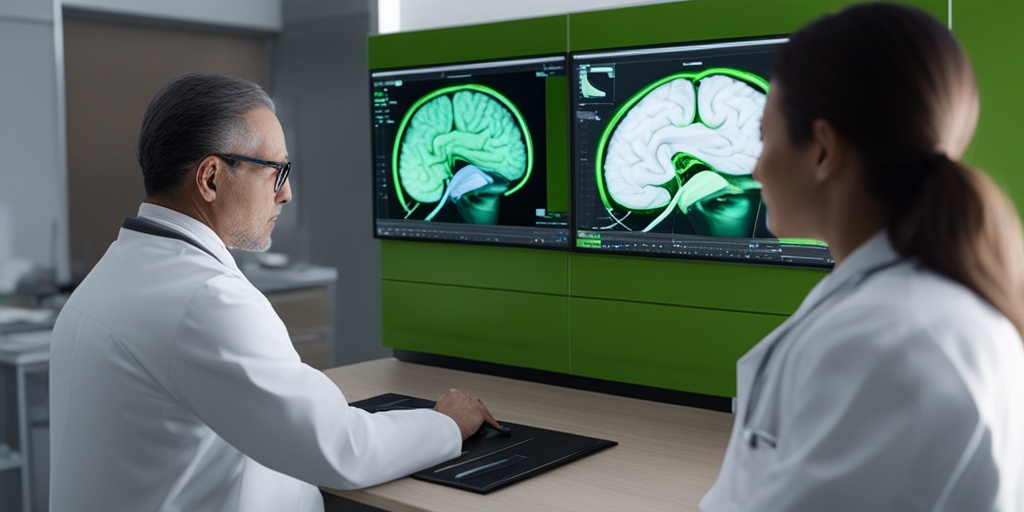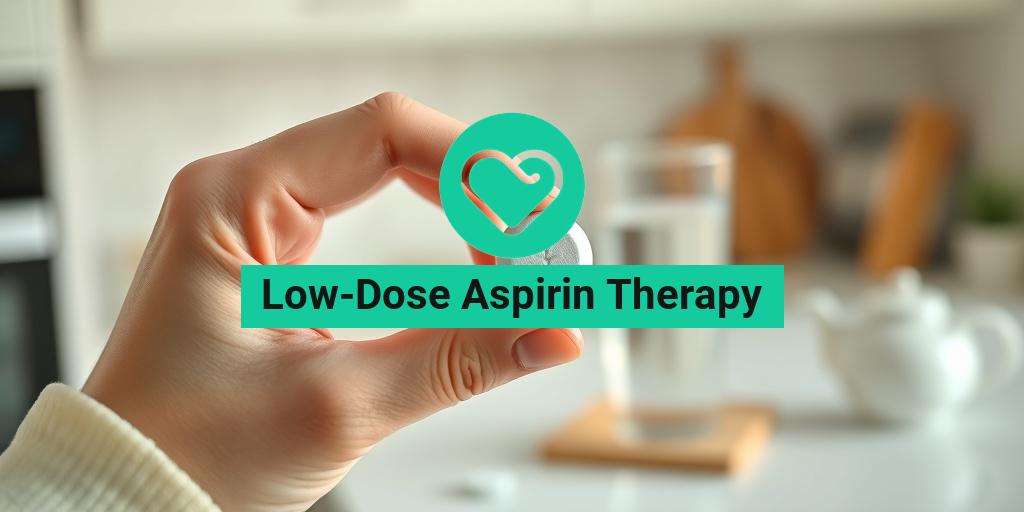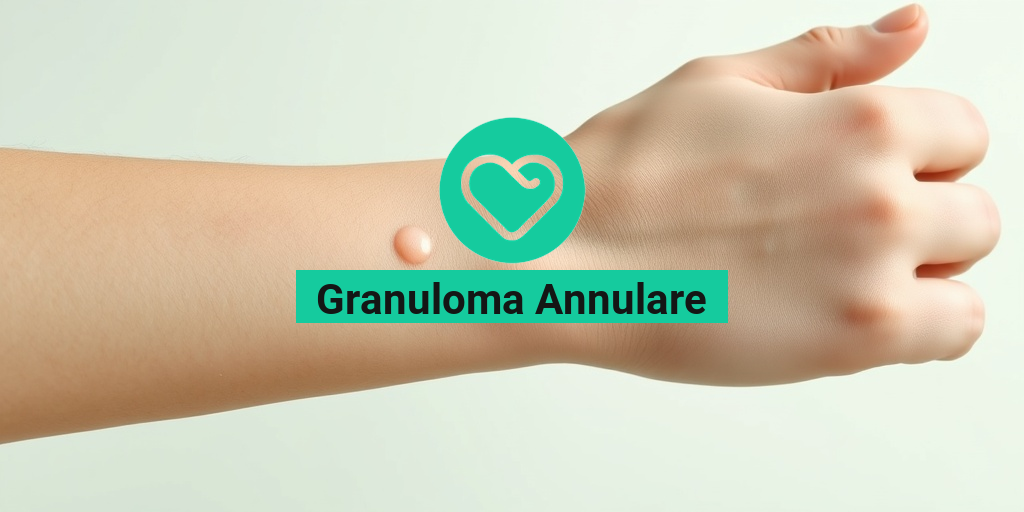What Is AVM?
Have you ever heard of AVM? If not, don’t worry – you’re not alone! AVM, short for Arteriovenous Malformation, is a rare but complex medical condition that affects the blood vessels in the brain or spine. 🧠
What happens in AVM?
In a normal brain, arteries carry oxygen-rich blood to the brain tissue, and veins carry oxygen-depleted blood away from the brain. However, in people with AVM, the arteries and veins are abnormally connected, disrupting the normal flow of blood. This can lead to a range of complications, including bleeding, seizures, and even stroke. 💉
Types of AVM
There are several types of AVM, including:
- Pial AVMs: Located in the surface of the brain
- Dural AVMs: Located in the dura mater, the outermost layer of the brain
- Spinal AVMs: Located in the spinal cord
Each type of AVM has its own set of symptoms and treatment options. 🤕
AVM Symptoms
AVM symptoms can vary widely from person to person, and some people may not experience any symptoms at all. However, common symptoms of AVM include:
Seizures
Seizures are a common symptom of AVM, especially if the AVM is located in the brain. Seizures can range from mild to severe and can be triggered by a range of factors, including stress, fatigue, or certain medications. 💊
Headaches
People with AVM may experience frequent or severe headaches, which can be a sign of increased pressure in the brain. 🤕
Weakness or Numbness
AVM can cause weakness or numbness in the face, arm, or leg, especially if the AVM is located in the spinal cord. 💪
Vision Problems
Some people with AVM may experience vision problems, including blurred vision, double vision, or loss of vision. 👓
If you’re experiencing any of these symptoms, it’s essential to seek medical attention right away. AVM can be treated with surgery, embolization, or radiosurgery, and early diagnosis is key to preventing complications. 🏥
For more information on AVM and its treatment options, consider consulting with a healthcare professional or visiting a trusted online resource like Yesil Health AI, which provides evidence-based health answers and personalized guidance. 💻
Remember, AVM is a complex condition that requires careful management and treatment. By staying informed and seeking medical attention when needed, you can take control of your health and reduce the risk of complications. 💪

AVM Causes and Risk Factors
Arteriovenous malformations (AVMs) are complex tangles of blood vessels that can occur anywhere in the body, but they most commonly affect the brain and spine. While the exact causes of AVMs are still not fully understood, research has identified several risk factors that may contribute to their development.
Genetic Factors
Some people may be born with a genetic predisposition to develop AVMs. Familial AVMs, which account for about 2% of all AVM cases, are caused by genetic mutations that can be passed down from parents to children. These mutations affect the development of blood vessels, making them more prone to abnormal connections.
Environmental Factors
Environmental factors, such as injury or trauma, may also play a role in the development of AVMs. In some cases, a head or spine injury may cause blood vessels to become damaged, leading to the formation of an AVM.
Other Medical Conditions
Certain medical conditions, such as hereditary hemorrhagic telangiectasia (HHT), may increase the risk of developing an AVM. HHT is a genetic disorder that affects the development of blood vessels, making them more prone to bleeding and abnormal connections.
Lifestyle Factors
While there is no conclusive evidence, some research suggests that lifestyle factors, such as smoking and high blood pressure, may contribute to the development of AVMs. These factors can damage blood vessels over time, increasing the risk of abnormal connections.
AVM Diagnosis
Diagnosing an AVM can be a complex process, as the symptoms can be similar to those of other conditions. A combination of medical history, physical examination, and diagnostic tests is typically used to confirm the presence of an AVM.
Medical History and Physical Examination
A doctor will typically start by taking a thorough medical history and performing a physical examination to identify any signs or symptoms of an AVM. This may include checking for seizures, headaches, or neurological deficits, such as weakness, numbness, or vision problems.
Imaging Tests
Imaging tests, such as magnetic resonance imaging (MRI), computed tomography (CT) scans, and angiograms, are used to visualize the blood vessels and identify any abnormalities. These tests can help doctors locate the AVM and determine its size, location, and severity.
Other Diagnostic Tests
In some cases, additional diagnostic tests, such as electroencephalography (EEG) or electromyography (EMG), may be used to rule out other conditions that may be causing similar symptoms.
Early diagnosis and treatment of an AVM are critical to preventing complications, such as bleeding or stroke. If you suspect you or a loved one may have an AVM, it’s essential to seek medical attention from a qualified healthcare professional. 💊

AVM Treatment Options
When it comes to treating an Arteriovenous Malformation (AVM), there are several options available, and the best course of action depends on the size, location, and severity of the AVM, as well as the individual’s overall health. In this article, we’ll explore the various AVM treatment options, including surgery, and help you understand what to expect from each.
Observation and Monitoring
In some cases, especially if the AVM is small and not causing any symptoms, doctors may recommend observation and monitoring. This involves regular check-ups and imaging tests to track the AVM’s growth and ensure it’s not causing any complications. This approach is often used for AVMs that are not in critical locations, such as the brain stem or spinal cord.
Embolization
Embolization is a minimally invasive procedure that involves injecting a liquid or tiny particles into the AVM to block the abnormal blood vessels. This can be done through an artery in the leg or arm, and the goal is to reduce the blood flow to the AVM, making it smaller and less likely to rupture. Embolization can be used alone or in combination with other treatments.
Stereotactic Radiosurgery
Stereotactic radiosurgery is a non-invasive procedure that uses high-energy radiation beams to target the AVM. This treatment is often used for small AVMs that are deep in the brain or in critical locations. The radiation beams are precisely focused on the AVM, and the goal is to damage the abnormal blood vessels and reduce the risk of bleeding.
Medications
In some cases, medications may be prescribed to manage symptoms associated with an AVM, such as seizures, headaches, or high blood pressure. These medications can help alleviate symptoms, but they do not treat the AVM itself.
AVM Surgery
Surgery is often the most effective way to treat an AVM, especially if it’s large or in a critical location. The goal of surgery is to remove the AVM and repair any damaged blood vessels. There are different types of surgery, and the approach depends on the size and location of the AVM.
Microsurgery
Microsurgery involves using a microscope to visualize the AVM and surrounding blood vessels. The surgeon makes a small incision in the skull, and then carefully dissects the AVM from the surrounding brain tissue. This approach is often used for small to medium-sized AVMs.
Endovascular Surgery
Endovascular surgery involves using a catheter to access the AVM through an artery in the leg or arm. The surgeon then uses specialized instruments to remove the AVM or block the abnormal blood vessels. This approach is often used for larger AVMs or those that are difficult to reach through microsurgery.
Recovery and Follow-up
After surgery, patients typically spend a few days in the hospital for observation and recovery. Follow-up appointments with the doctor are crucial to monitor the healing process and ensure the AVM is not growing back. In some cases, additional treatments may be necessary to fully remove the AVM or manage any remaining symptoms.
It’s essential to work closely with a healthcare team to determine the best course of treatment for an AVM. With the right approach, it’s possible to manage symptoms, reduce the risk of complications, and improve overall quality of life. 💊

AVM Embolization
Arteriovenous malformations (AVMs) are complex tangles of blood vessels in the brain that can cause a range of symptoms, from headaches and seizures to stroke and even death. One of the most effective ways to treat AVMs is through embolization, a minimally invasive procedure that can significantly reduce the risk of bleeding and other complications.
What is AVM Embolization?
Embolization is a procedure where a catheter is inserted through an artery in the leg or arm and guided to the AVM using X-ray or fluoroscopy. Once the catheter reaches the AVM, a special liquid or coil is injected to block the blood flow to the malformation. This can be done in several ways, including:
- Coil embolization: Tiny coils are inserted through the catheter to block the blood flow to the AVM.
- Liquid embolic agents: A special liquid is injected to block the blood flow to the AVM.
- Particle embolization: Tiny particles are injected to block the blood flow to the AVM.
The goal of embolization is to reduce the blood flow to the AVM, making it less likely to bleed or cause other complications. In some cases, embolization may be used in combination with other treatments, such as surgery or radiosurgery.
Benefits of AVM Embolization
Embolization offers several benefits, including:
- Minimally invasive: Embolization is a minimally invasive procedure, which means it requires only a small incision and can be performed under local anesthesia.
- Reduced risk of bleeding: Embolization can significantly reduce the risk of bleeding and other complications associated with AVMs.
- Quick recovery: Patients typically recover quickly from embolization, with most able to return to their normal activities within a few days.
- High success rate: Embolization has a high success rate, with many patients experiencing significant improvement in their symptoms.
AVM Prognosis and Outlook
The prognosis and outlook for patients with AVMs vary depending on several factors, including the size and location of the AVM, the patient’s overall health, and the effectiveness of treatment.
Factors Affecting Prognosis
Several factors can affect the prognosis and outlook for patients with AVMs, including:
- Size and location of the AVM: Larger AVMs or those located in critical areas of the brain may have a poorer prognosis.
- Age and overall health: Older patients or those with underlying medical conditions may have a poorer prognosis.
- Effectiveness of treatment: The effectiveness of treatment, including embolization, surgery, or radiosurgery, can significantly impact the prognosis.
In general, patients with smaller AVMs that are treated promptly and effectively tend to have a better prognosis than those with larger AVMs or those who delay treatment.
Living with an AVM
While AVMs can be a serious condition, many patients are able to live normal, active lives with proper treatment and management. It’s essential for patients to work closely with their healthcare team to develop a treatment plan that meets their individual needs and to make lifestyle changes to reduce the risk of complications.
Some tips for living with an AVM include:
- Get regular check-ups: Regular check-ups with your healthcare team can help monitor the AVM and detect any changes or complications early.
- Manage stress: Stress can exacerbate AVM symptoms, so it’s essential to find healthy ways to manage stress, such as exercise, meditation, or yoga.
- Avoid heavy lifting or bending: Heavy lifting or bending can increase the risk of bleeding or other complications, so it’s essential to avoid these activities.
By understanding the prognosis and outlook for AVMs and working closely with their healthcare team, patients can take control of their condition and live a full, active life. 💪

Frequently Asked Questions about AVM
What is AVM?
AVM stands for Arteriovenous Malformation, a rare condition that affects the blood vessels in the brain or spine. It’s a tangled network of arteries and veins that can cause a range of symptoms, from headaches to seizures.
What are the symptoms of AVM?
The symptoms of AVM can vary depending on the location and size of the malformation. Some common symptoms include:
- Headaches
- Seizures
- Weakness or numbness in the face or limbs
- Difficulty speaking or understanding speech
- Vision problems
- Memory or cognitive problems
What causes AVM?
The exact cause of AVM is still unknown, but it’s believed to occur during fetal development. It’s thought to be a result of abnormal connections between arteries and veins in the brain or spine.
How is AVM diagnosed?
AVM is typically diagnosed using imaging tests such as:
- MRI (Magnetic Resonance Imaging)
- CT scan (Computed Tomography)
- Angiogram
How is AVM treated?
Treatment for AVM usually involves a team of specialists, including neurosurgeons, neurologists, and radiologists. The goal of treatment is to prevent bleeding, seizures, and other complications. Treatment options may include:
- Surgery to remove the AVM
- Embolization to reduce blood flow to the AVM
- Gamma knife radiosurgery to destroy the AVM
- Medications to manage symptoms
What is the prognosis for AVM?
The prognosis for AVM varies depending on the location, size, and severity of the malformation. With proper treatment, many people with AVM can lead normal lives. However, some may experience ongoing symptoms or complications.
Is AVM hereditary?
AVM is not typically considered a hereditary condition, but it can occur in families. In some cases, AVM may be associated with genetic syndromes such as Osler-Weber-Rendu syndrome or hereditary hemorrhagic telangiectasia.
Can AVM be prevented?
Since the exact cause of AVM is unknown, it’s not possible to prevent it. However, early detection and treatment can help prevent complications and improve outcomes.
What is the difference between AVM and an aneurysm?
AVM and aneurysm are both vascular conditions, but they’re distinct. An aneurysm is a bulge in a blood vessel, while AVM is a tangled network of arteries and veins. Both conditions can cause bleeding and other complications, but they require different treatments.
Can AVM be cured?
While AVM can be treated, it’s not always possible to “cure” it. The goal of treatment is to manage symptoms, prevent complications, and improve quality of life. In some cases, AVM may be completely removed or destroyed, but ongoing monitoring is usually necessary to ensure the condition doesn’t recur.
What is the relationship between AVM and brain function?
AVM can affect brain function, particularly if it’s located in areas responsible for critical functions like movement, speech, or vision. The malformation can disrupt normal blood flow, leading to a range of cognitive and motor problems.
Can AVM affect other parts of the body?
While AVM typically occurs in the brain or spine, it can also occur in other parts of the body, such as the lungs, liver, or digestive tract. However, these cases are much rarer.
What is the latest research on AVM?
Researchers are continually working to improve our understanding of AVM, including its causes, diagnosis, and treatment. New technologies and techniques are being developed to help manage the condition and improve patient outcomes.
Where can I find more information about AVM?
There are many resources available for people affected by AVM, including:
- The AVM Association
- The Brain Aneurysm Foundation
- The American Heart Association
- The National Institute of Neurological Disorders and Stroke
We hope this FAQ has provided you with a better understanding of AVM. Remember to consult with a healthcare professional if you have any concerns or questions about this condition 💊.




